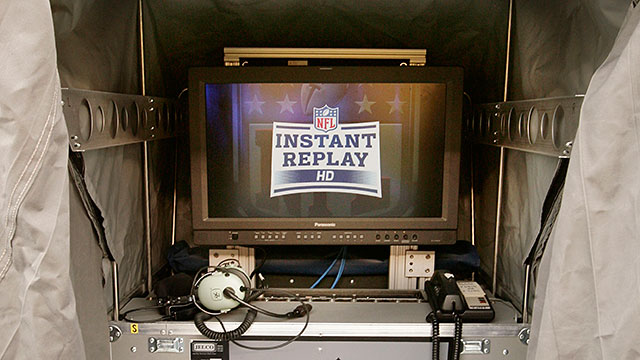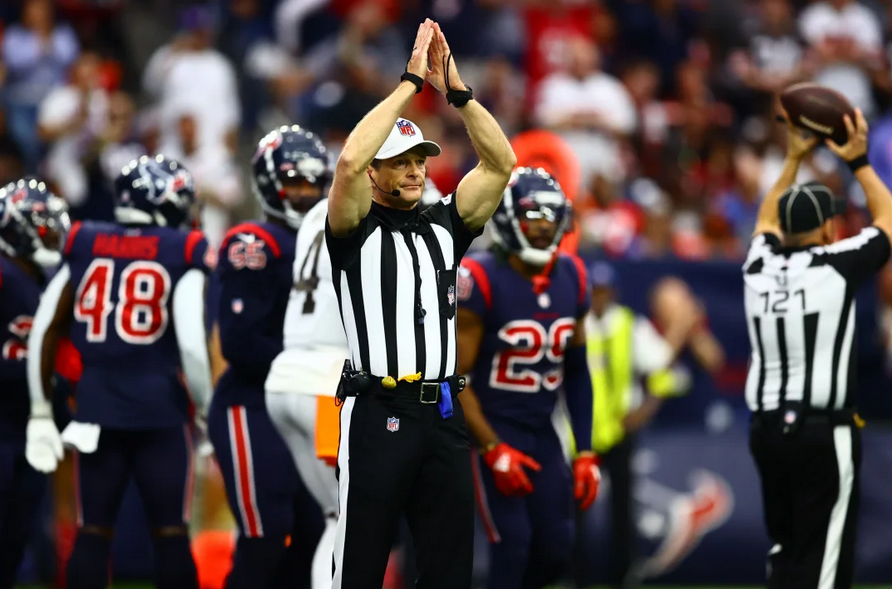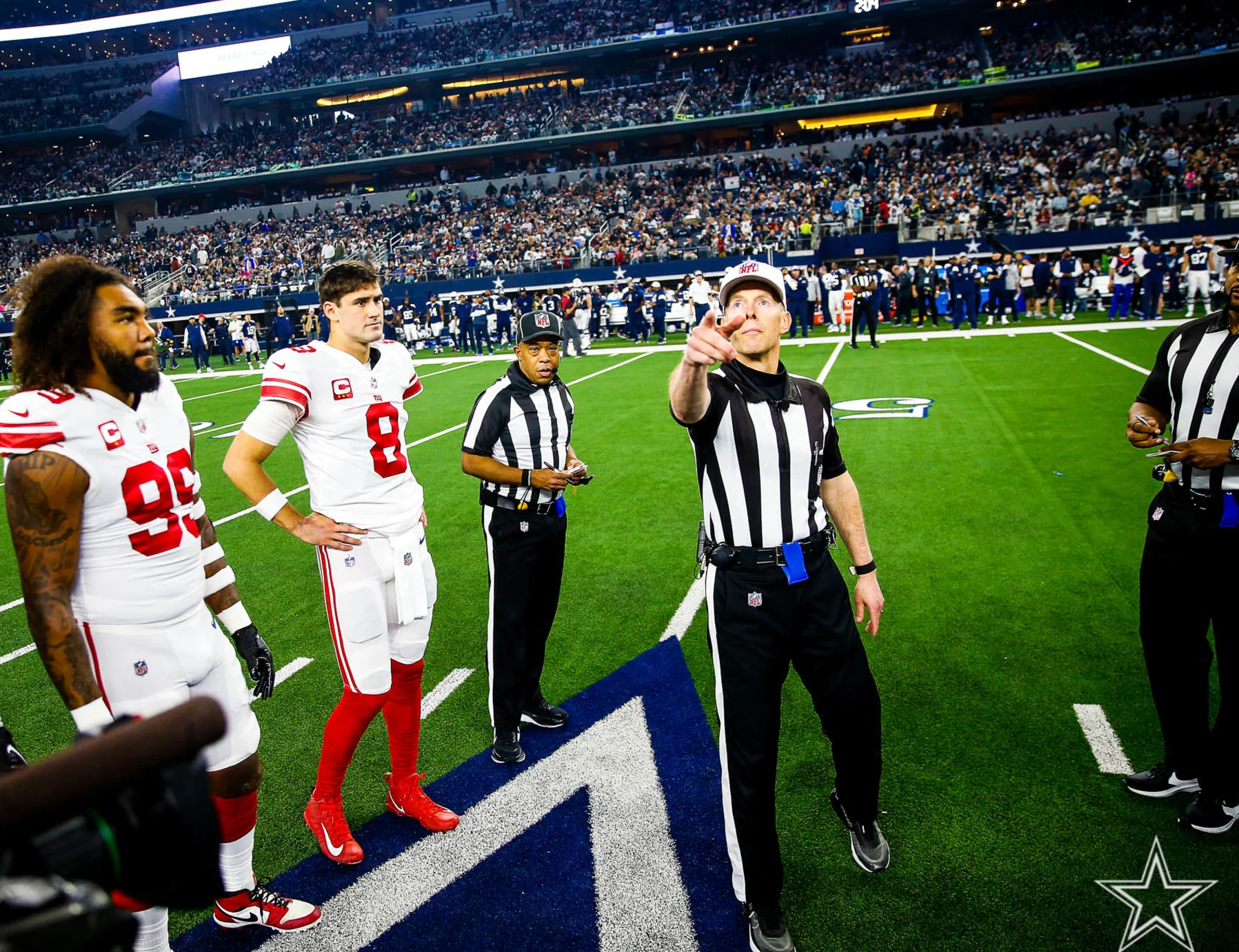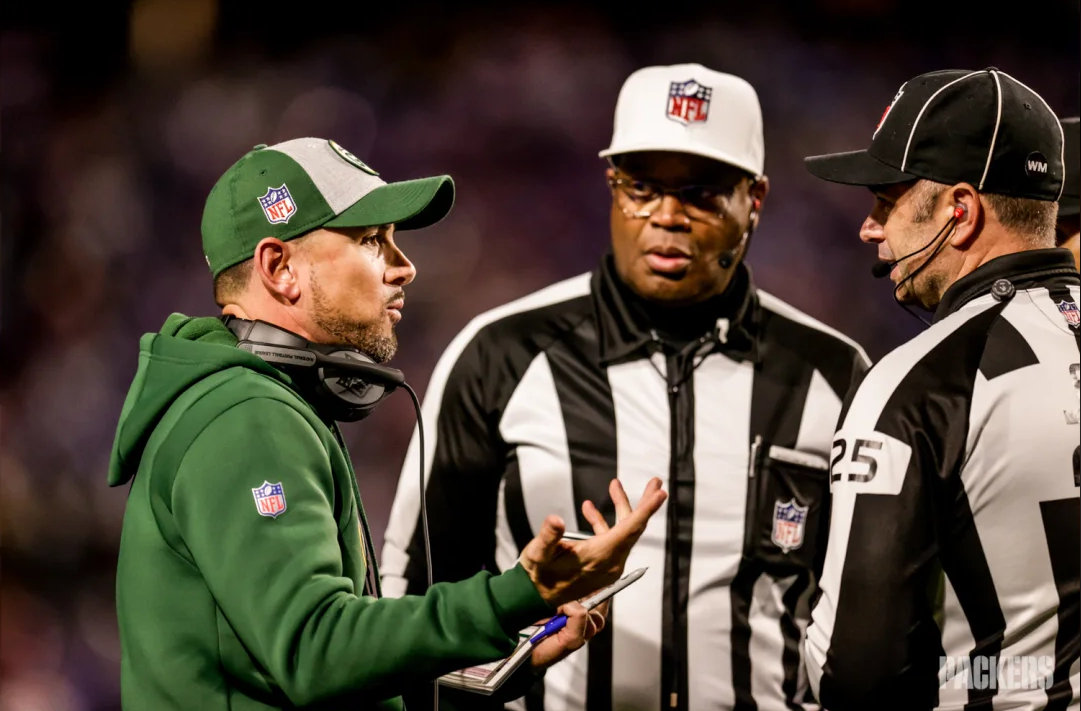News
After review, the replay rules stand

Since the replay system was reintroduced in 1999, the review rules have only been subject to incremental revision, rather than any of the proposed wholesale changes to the process. A proposal by the Ravens at the annual meeting in March turned a few heads, as it appeared to make the replay run on a small list of exclusions, rather than a list of specific inclusions. Essentially, the proposal would make anything reviewable, other than “hand” fouls (pass interference, illegal use of hands, illegal contact, holding, etc.) and unsportsmanlike conduct.
The owners tabled the Ravens proposal to allow the Competition Committee to rework it and test it for unintended consequences. The Committee has always seen penalty and subjective reviews to be akin to opening Pandora’s box. This, again, was made manifest when the Committee gutted the Ravens proposal and added a few additional reviewable calls: penalty enforcement, proper down, spot of a foul, and status of the game clock.
It is troubling to even see these items enumerated, because all situations would be tied to a breakdown in officiating, rather than using replay to provide a better angles and the ability to slow and stop the action. Troubling, but apparently necessary. It is also unusual, as these situations are not play situations, per se, but largely between-play situations. This is why a replay review for too many men on the field is applicable to a completed play, but not to whether there are 12 in the huddle or 12 in formation before the snap.
Reviewing the proper down is also fraught with contradictions and, again, will apply to the between-play period. Unless there are other changes to the rulebook, once a legal snap has occurred, the down number indicated by the referee prior to the play is permanently fixed. If the crew drops a down, it may only be caught between plays, which is where the replay challenge rules have not gone before. The clock status provision will pull in various timekeeping errors, such as the case where the clock ran after a touchback last season and when it ran during a measurement in 2012. It will not be implemented to adjust the clock on a stoppage, unless the expiration of the game clock is a factor.
Although the rule is not clear at first glance, the four new provisions are only available for the replay official and the senior officiating staff in New York (vice president Dean Blandino and senior supervisor Al Riveron), and not subject to a coach’s challenge. These replay lifelines can be invoked when the replay official does not ordinarily have jurisdiction over the play.
We have noted that outside help has always been quietly available to officials during the playoffs, even though the league office was not copping to it. In order to tamp down controversy in officiating last season, the NFL implemented this administrative assistance as an open policy, rather than an unwritten rule. In fact, prior to the rule being implemented, there were a few notable situations last season where someone outside of the crew of seven provided administrative “help.” It was not always helpful, as one source told us that New York intervened on the headset during a lengthy crew conference, and the fact that someone parachuted in to the conversation extended the delay even more.
Through all of the examples that Football Zebras has cited, there was no instance of changing or calling a penalty or injecting into some other judgement call on the field. They were more routine matters to clean up an existing decision by the crew to ensure it is applied correctly. This will continue to be the case; it is just that the league is being more transparent about it. The concern is whether there can be consistency. It is much easier for the Command Center in New York to spot an erroneously running game clock on Monday night when there is one game on. It is an entirely different story when there are 10 games being played simultaneously on a Sunday afternoon.
Where there is a loss of clarity is the removal of specifics on reviewable calls, and, by reordering the rule to put non-reviewable calls first, defining reviewable in the negative. An addition to the end of the section states, “These reviewable play situations are explained in further detail in the Instant Replay Casebook.” It is odd for the rulebook to defer the definition of the rule to the casebook, as Approved Rulings are enumerated through the rulebook for this very purpose. The casebook also uses a numbered Approved Ruling format, but it covers instances that go beyond defining the parameters of the rule.
If there are any other tweaks to this rule, it won’t be apparent until the replay casebook is available.




































